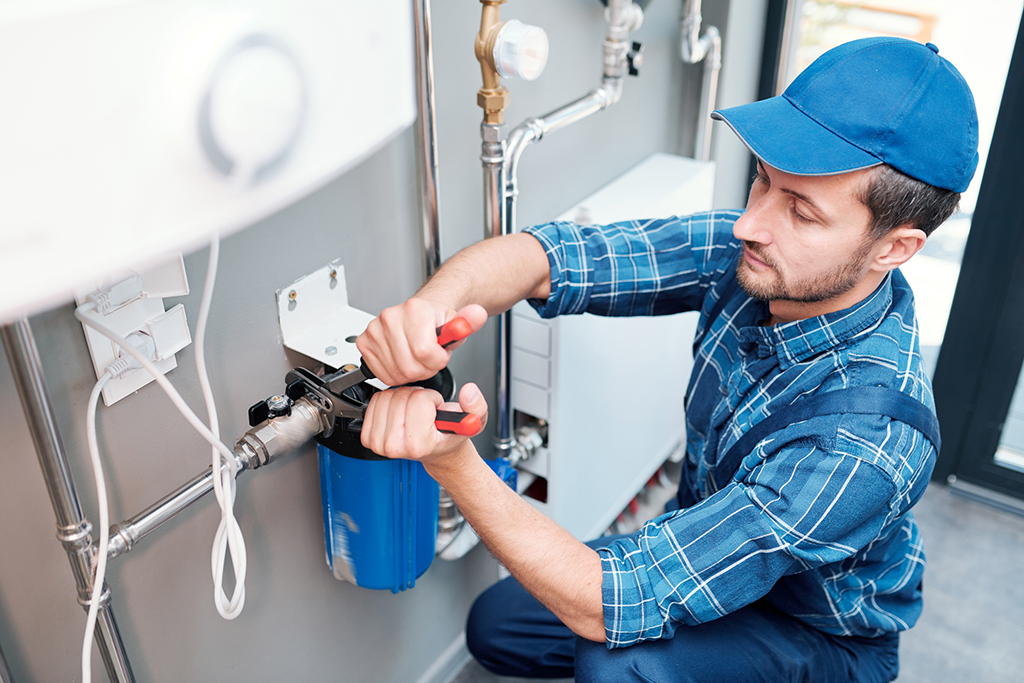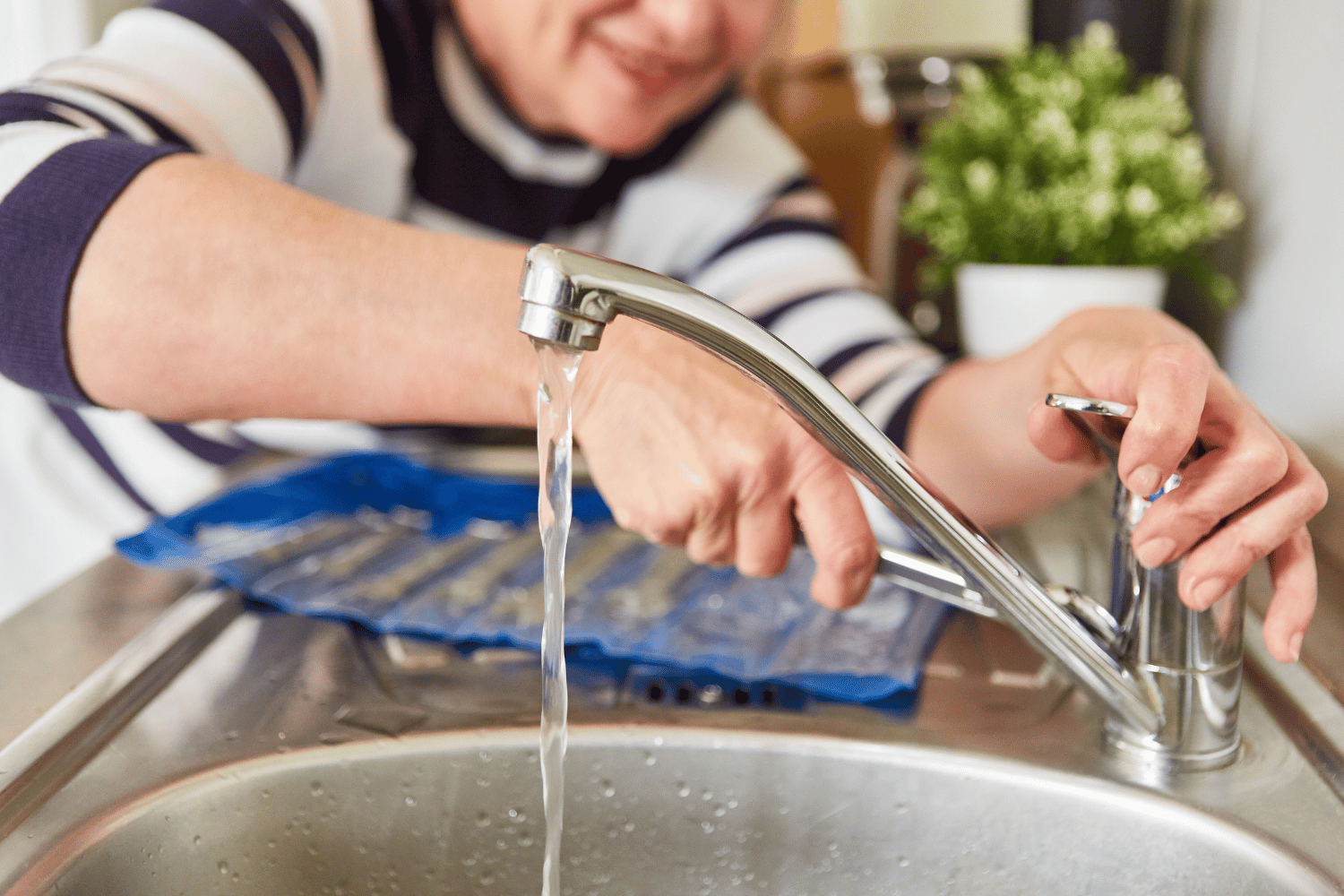Deciding When to DIY and When to Call Professional Plumbing Services
Deciding When to DIY and When to Call Professional Plumbing Services
Blog Article
Are you currently on the lookout for additional info on When to DIY and When to Call a Professional Plumber?

Introduction
Pipes issues can range from minor hassles to significant headaches, commonly prompting house owners to decide between dealing with the problem themselves or calling a professional plumbing technician. Recognizing when to do it yourself and when to seek expert help can save time, cash, and protect against potential disasters. This article explores the factors to consider when making this essential decision.
Benefits of Do It Yourself Pipes
Tackling pipes tasks yourself can be rewarding in several means, especially for easier projects.
Complexity of Jobs
Some pipes problems need specific expertise and devices beyond normal house owner capacities. Messing up intricate issues can result in further damage and pricey repair work.
Safety and security Issues
Dealing with pipes systems entails dangers such as direct exposure to water damages, possibility for electric threats, and handling tools incorrectly. Safety precautions should be observed to prevent crashes and make sure reliable repair work.
Indicators to Call an Expert Plumber
Acknowledging when a plumbing concern goes beyond DIY capabilities is vital to avoid worsening issues.
Indications of Facility Concerns
Examples consist of:
Motivate expert intervention is needed to resolve these issues efficiently and decrease damage.
Do It Yourself Pipes Tips
For successful DIY pipes, it's important to be prepared with the right devices and comply with correct procedures.
Standard Devices and Materials
Secret tools for DIY pipes:
Step-by-Step Guides
Clear directions make sure risk-free and reliable do it yourself fixings:
Selecting the Correct Time to DIY
Identifying when to take on pipes jobs on your own needs evaluating both the intricacy of the problem and personal convenience levels.
Assessment List
Consider:
Expense Financial savings
DIY pipes tasks frequently conserve money by avoiding specialist service charge. Tasks like dealing with minor leakages, changing taps, or setting up brand-new showerheads are examples where home owners can deal with repair services without working with a plumber.
Ability Improvement
Engaging in do it yourself pipes offers a chance to learn and boost functional abilities. Standard tasks empower house owners to recognize their pipes systems much better and obtain confidence in handling little repair work separately.
Risks of DIY Pipes
While DIY projects offer benefits, particular threats must be very carefully thought about before attempting fixings.
When to Most Definitely Call an Expert
Specific situations require prompt skilled interest to prevent comprehensive damage or safety and security hazards.
Emergency Circumstances
Examples consist of:
Finding and Employing a Professional Plumbing
Choosing a qualified plumbing technician guarantees reputable solution and peace of mind in solving pipes concerns.
Criteria for Choice
Aspects to take into consideration:
Cost Evaluation: do it yourself vs. Expert Solutions
Contrasting the economic effects of do it yourself initiatives versus professional plumbing services assists in making informed choices.
Financial Considerations
Assess:
Verdict
Making a decision whether to do it yourself or call a professional plumbing professional rests on recognizing the complexity of plumbing concerns and individual capabilities. By weighing the advantages and dangers, home owners can make educated selections that advertise efficient maintenance and secure their homes from plumbing calamities.
DIY Plumbing Projects: What Homeowners Can Do and When to Call a Professional
Welcome to our comprehensive guide on DIY plumbing projects. In this blog post, we aim to empower homeowners with the knowledge and skills to tackle basic plumbing tasks around the house. From unclogging drains to fixing a leaky faucet, we’ll walk you through step-by-step instructions on how to handle these common issues.
However, not all plumbing problems can or should be solved with a DIY approach. Recognizing when a problem is beyond your skill level and requires professional intervention is just as important as knowing how to perform basic tasks. We’ll also discuss the signs that indicate it’s time to put down your tools and pick up the phone to call a professional plumber. By understanding when to DIY and when to call a professional, you can save time, avoid potential disasters, and ensure your home’s plumbing system remains in top shape.
Understanding Plumbing Basics
Before we dive into the DIY projects, let’s take a moment to understand the basics of your home’s plumbing system. A typical residential plumbing system consists of two major components: the water supply system, which brings fresh water into your home, and the drainage system, which removes waste water. These systems are made up of a network of pipes, valves, and fixtures that work together to deliver clean water and dispose of waste efficiently.
Regular maintenance of your plumbing system is crucial to prevent minor issues from escalating into major problems. This includes tasks like checking for leaks, removing minor clogs, and ensuring your pipes are insulated for winter. By performing these tasks regularly, you can extend the lifespan of your plumbing system, save money on water bills, and maintain the comfort and hygiene of your home.
In the following sections, we’ll explore some common DIY plumbing projects that homeowners can handle, as well as situations that require the expertise of a professional plumber. Whether you’re a seasoned DIY enthusiast or a beginner, this guide will provide you with valuable insights into the world of home plumbing.
DIY Plumbing Projects Homeowners Can Handle
Plumbing may seem intimidating, but there are several tasks that homeowners can confidently tackle with a little guidance and the right tools. Here are a few common issues you might encounter and how to address them.
Unclogging Drains
Use a Plunger: This is your first line of defense. A good old-fashioned plunger can dislodge the obstruction and clear the drain in many cases. Try a Plumber’s Snake or Hand Auger: If the plunger doesn’t work, a plumber’s snake or hand auger can reach deeper into the pipe to break up the clog. Use a Drain Cleaner: If physical methods fail, a chemical drain cleaner can dissolve the clog. However, use these products sparingly as they can damage your pipes if overused.

We had been shown that report about from a pal on another web property. In case you appreciated our blog post kindly make sure you remember to share it. Thanks so much for your time invested reading it.
Additional Resources Report this page